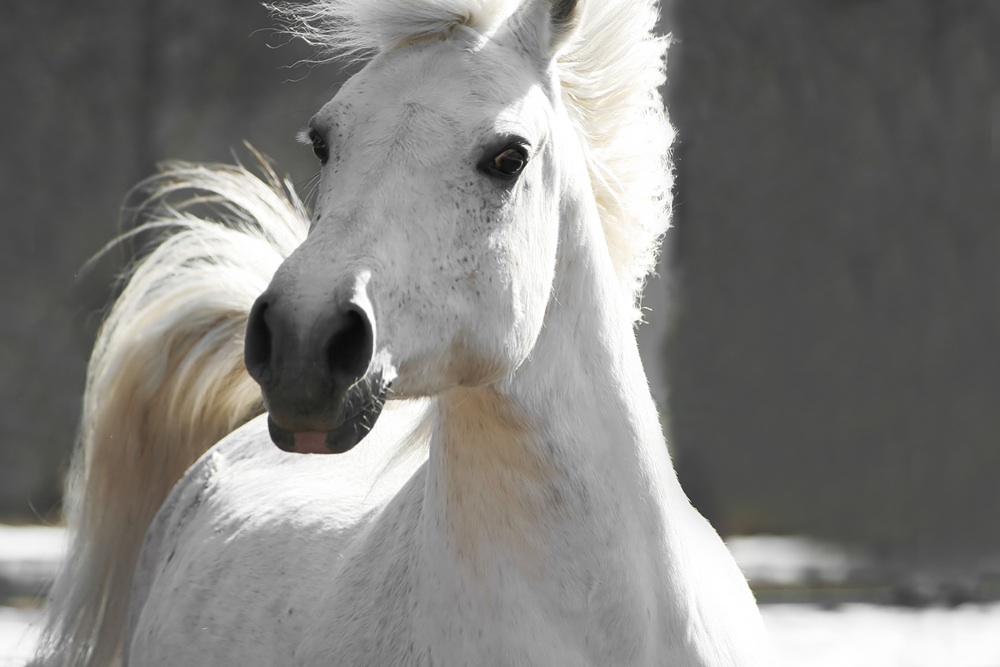Horses
Thoroughbreds 
Horse-racing has a long history in the Middle East, especially in the vicinity of the Arabian peninsula where it may have begun over 5000 years old. These horses were characterised by their tremendous stamina, which allowed them to run over long distances, with some races lasting for as long as three days. Interest in Arabian horses then grew in Europe as the sport began to develop under the patronage of Charles II during the second half of the 1600s.
Pace was a vital requirement, and so began the quest to develop what is now known as the thoroughbred - a horse bred for its performance on the race track. Breeding records show that today’s thoroughbred lineage is descended from just three Arab stallions, obtained at various stages in history and brought back to England. Here they were bred with the so-called “running horses”, which were valued for their pace.
Arab stallions
The first of these stallions was christened the Byerly Turk, being captured in 1688 by Captain Robert Byerly at a battle in Buda, Hungary when he was fighting against the Turkish army. The same stallion was then ridden by Byerly two years later at the Battle of the Boyne in Ireland, after which the horse was retired from active service to stud. Among his progeny were Herod, Eclipse and Highflyer, all of whom were famous horses in their day.
The Darley Arabian had a similarly eventful journey to England, being purchased from a sheik as a four year old by Thomas Darley, the British consul in Aleppo, Syria. Subsequently, the Arabian ruler decided that he wanted the horse returned, and so Darley decided to smuggle the stallion out of the country. Once in England, the horse was kept at the stud of Darley’s brother in Yorkshire. He founded the famous Eclipse line, which features in the ancestry of many successful contemporary racehorses.
The youngest of the three stallions which have underpinned the thoroughbred lineage for more than three centuries is the Godolphin Arabian, who was foaled in 1724 in Yemen, before being dispatched to Tunis and then on to France, when he was presented to King Louis XV. At this stage, his potential was unrecognised, and he was being used to pull a water cart when discovered by a man called Edward Coke. He arranged for the stallion to travel to England, where he was acquired by the Earl of Godolphin.

The Godolphin Arabian sired about ninety foals, and struck up a close bond with the local stable cat, called Grimalkin. After the cat’s death however, the stallion responded by attacking all cats which he encountered for the rest of his life.
While his grandson called Matchem had a lasting impact on the thoroughbred lineage, another of the Godolphin’s offspring, called Janus, made a major contribution in the state of Virginia to the development of the American quarter horse, which is now often considered to be the most popular breed of horse in the world today.